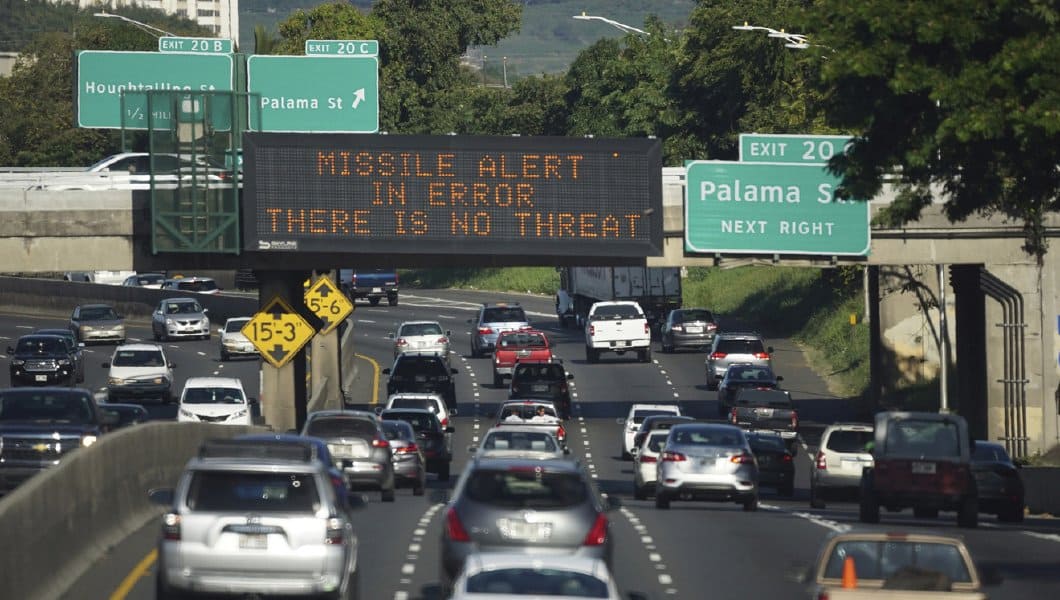The employee who sent the false missile alert in Hawaii, causing widespread panic and confusion, is refusing to cooperate with the investigation, a federal official said Thursday.
Lisa Fowlkes, public safety bureau chief for the Federal Communications Commission (FCC), told senators in a hearing that she was generally pleased with the cooperation from officials in Hawaii, but that “one key employee, the person who transmitted the false alert, is refusing to cooperate.”
Richard Rapoza, a spokesman for the Hawaii Emergency Management Agency, where the employee works, told reporters that he wasn’t sure why there was a lack of cooperation with the FCC, since he was not privy to their communications.
“With regard to our own investigations, he has taken the position that he provided a written statement shortly after the incident, and doesn’t need to speak to investigators because he has nothing to add,” Rapoza said.
The alert, which stated,
“BALLISTIC MISSILE THREAT INBOUND TO HAWAII. SEEK IMMEDIATE SHELTER. THIS IS NOT A DRILL,”
was pushed to phones on the morning of Jan. 13, sending residents and visitors scrambling to find shelter. They were left shaken and confused when they were notified after 38 minutes that it was a false alarm. The incorrect alert was sent as part of a drill by the state’s Emergency Management Agency, which is responsible for alerts and is a part of the state’s Department of Defense.
Last year, Hawaii became the first state to enable push alerts for inbound missile warnings, which are part of preparedness plans made in case of an attack from North Korea.
In the initial aftermath of the alert, Hawaii Gov. David Ige said the alert was sent after an emergency management official accidentally pushed a wrong button.
The employee has received “dozens of death threats,” Hawaii Emergency Management Agency Executive Director Toby Clairmont told the Honolulu Star-Advertiser last week. Threats have also been made against the employee’s family. Clairmont also suggested that the incident could be more than just a case of someone pressing the wrong button, telling reporters that “it’s not as easy saying it was one person doing this.”
A total of four people were on duty that Saturday morning, he said, and the employee who sent the alert is both a 10-year veteran of the agency and “very well-trained and seasoned.”
After the false alert was sent, the agency started requiring that two people sign off on sending the alerts. It also created a correction draft to immediately send to phones if someone sends a false alert again, since one of the reasons cited for taking 38 minutes to send the correction was that there was no prepared message.
